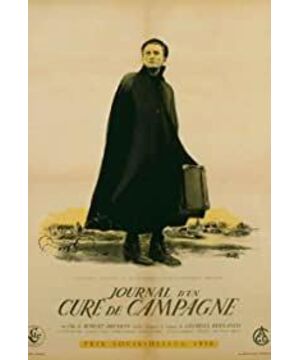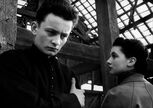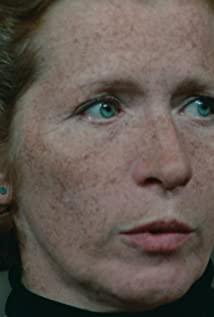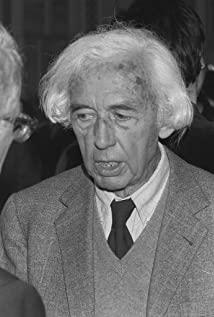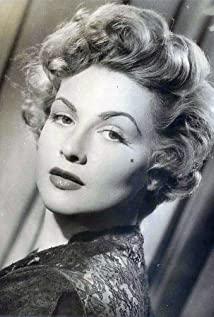In the interaction of the characters, the protagonist's belief in religion, Christianity, God, belief in daily life, belief in the saving power of belief itself, and the people around him have become insensitive and indulged in the trivialities of daily life. The conflict with the torment of daily life is the inner tension point in the film. André Bazin: When we go to watch Bresson, what really catches our attention is not psychology, but an existential physiognomy. In the picture, the composition lines formed by the protagonist are inclined. He is struggling to consolidate his beliefs, in the sense that the film conveys the religious undertones of European culture, and it might even be said that it sketches a spiritual portrait of a saint. It reinforces, in a somewhat extreme form, the deeper interaction and connection between film and literature, and it succeeds in showing us the balance between characters, stories, scenes, dialogues, and film language and film form. He used doors and windows very successfully as foregrounds, as frames in frames, as double meanings of inside and outside, entering and leaving. In the last scene of the film, the white curtain hanging from the church, the black cross on it and the narration: "Nothing, everything is mercy", he has reached the height of a saint. The small square window and the portrait of the protagonist embedded in the window are the exact opposite. In the frame of the window, the portrait of the priest is drawn back again and again, and the director further uses the elements of composition. For example, when the hero is in pain of mind, confusion of belief and disease of body, the director will constantly change his position in the picture. Body lines to form different expressions. The inclination constitutes the instability of the composition, and at the same time, with the help of the cross next to the picture, a symmetrical composition effect of dividing the picture is formed. The cross is always vertical and horizontal, the protagonist is gradually crooked, and he always maintains a straight and upright image in the church to form a multiple narrative that pulls each other.
View more about Diary of a Country Priest reviews


